Most Native American places in Arkansas research summary. We used Saturday Night Science to research the Arkansas cities with the highest percentage of Native American residents for 2025. The data comes from the American Community Survey 2019-2023 vintage, which breaks down race by origin.
-
The city with the highest percentage of Native Americans is Siloam Springs. 3.42% of people in Siloam Springs are Native Americans.
-
The city with the lowest percentage of Native Americans is Lowell. 0.00% of people in Lowell are Native American.
-
The city with the most Native Americans is Fort Smith. 714 people in Fort Smith are Native American.
-
The city with the fewest Native Americans is Lowell. 0 people in Lowell are Native American.
-
The United States has 1,751,338 Native Americans and is 0.53% Native American.
Table Of Contents: Top Ten | Methodology | Summary | Table
The 10 Cities In Arkansas With The Largest Native American Population For 2025
Which city in Arkansas had the largest Native American population? The place with the largest Native American population in Arkansas for 2025 is Siloam Springs. 3.42 of Siloam Springs identify as Native American.
To see where Arkansas ranked as a state on diversity, we have a ranking of the most diverse states in America.
And if you already knew these places were Native American, check out the best places to live in Arkansas or the most diverse places in Arkansas.
Read below to see how we crunched the numbers and how your town ranked.
Cities In Arkansas With The Largest Native American Population For 2025
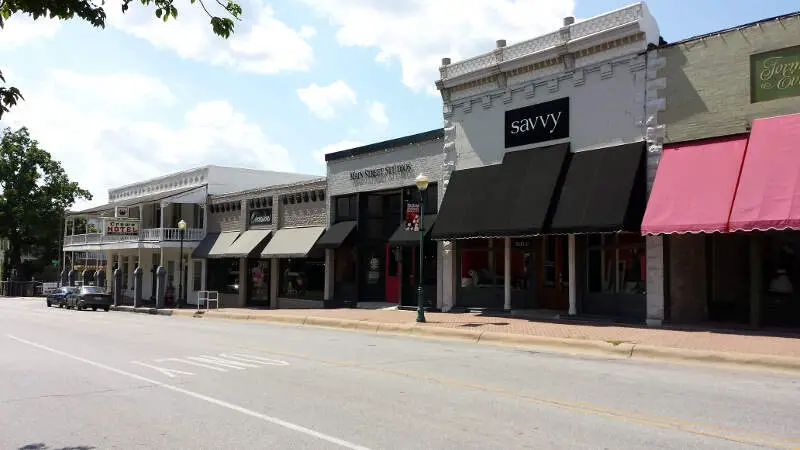
/10
Population: 18,096
# Of Native American Residents: 619
% Native American: 3.42%
More on Siloam Springs: Data
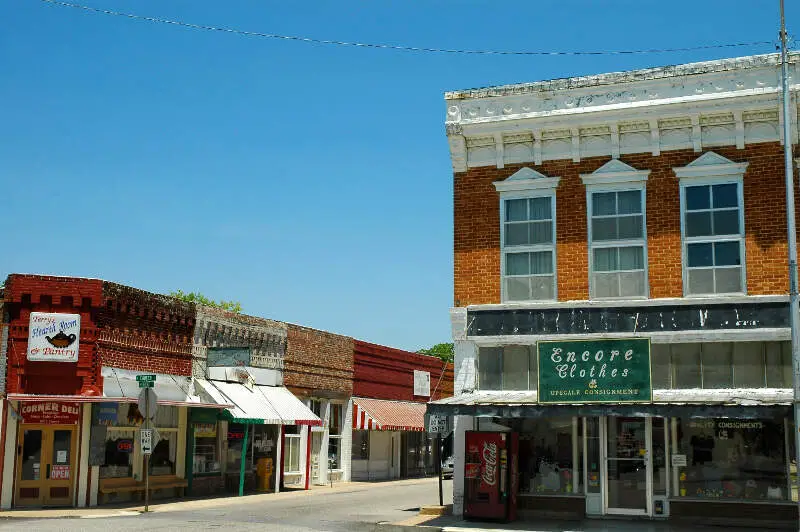
/10
Population: 5,715
# Of Native American Residents: 100
% Native American: 1.75%
More on Berryville: Data
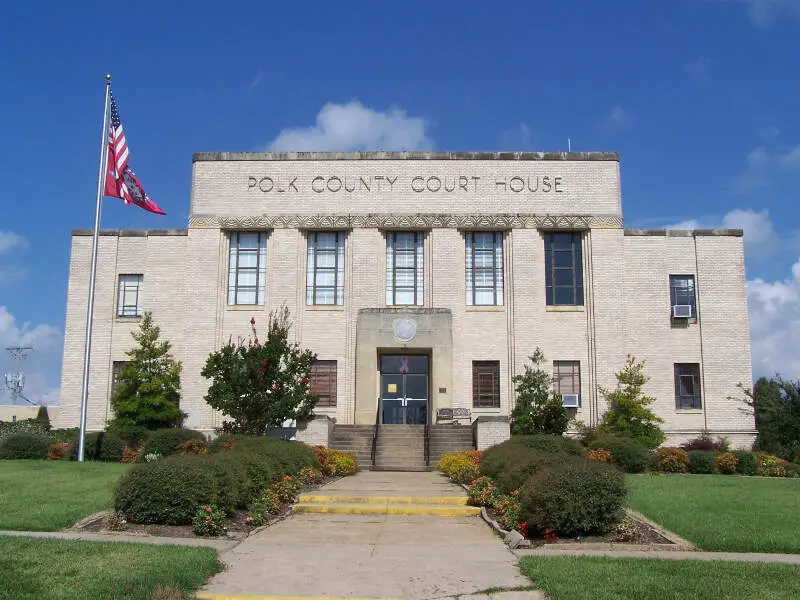
/10
Population: 5,605
# Of Native American Residents: 82
% Native American: 1.46%
More on Mena: Data
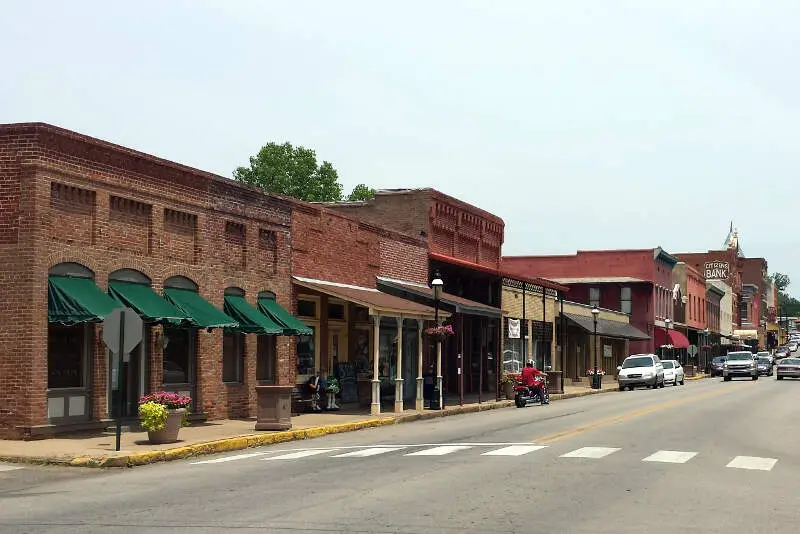
/10
Population: 23,545
# Of Native American Residents: 232
% Native American: 0.99%
More on Van Buren: Data
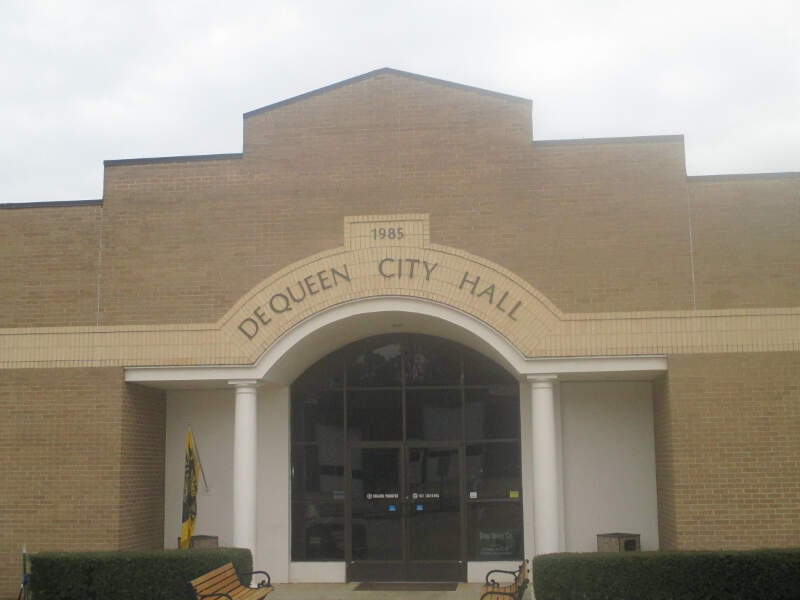
/10
Population: 6,077
# Of Native American Residents: 58
% Native American: 0.95%
More on De Queen: Data
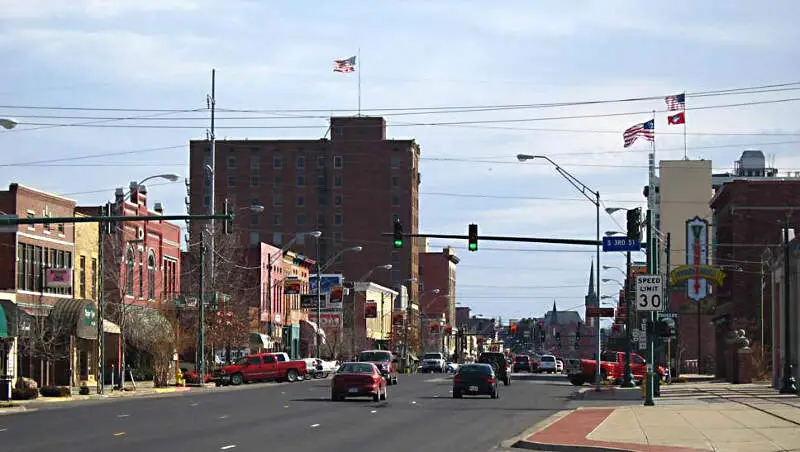
/10
Population: 89,496
# Of Native American Residents: 714
% Native American: 0.8%
More on Fort Smith: Data
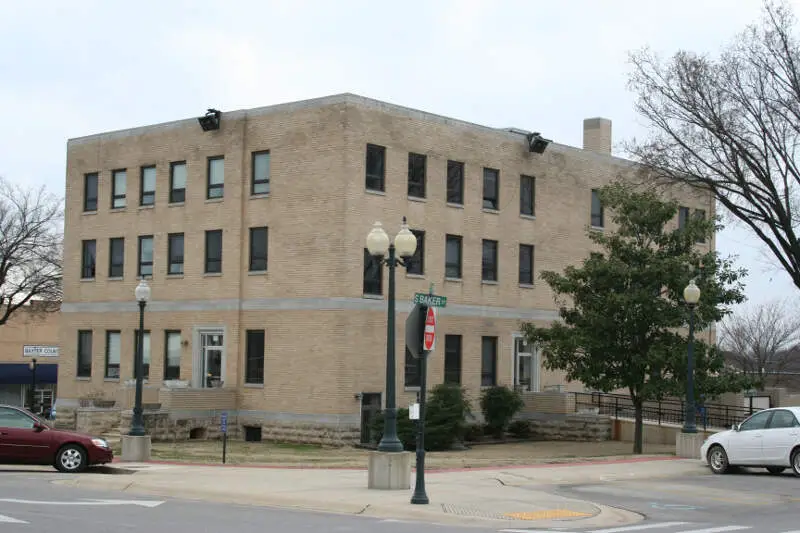
/10
Population: 13,021
# Of Native American Residents: 89
% Native American: 0.68%
More on Mountain Home: Data
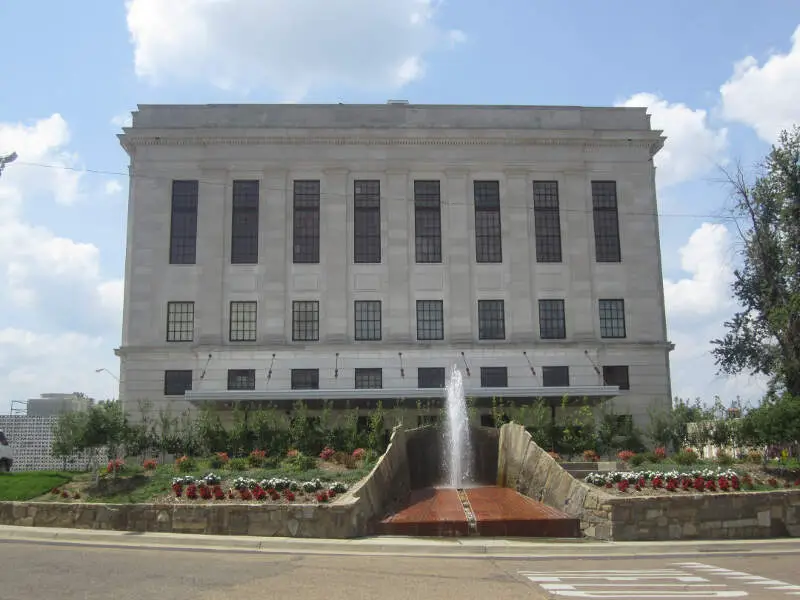
/10
Population: 29,343
# Of Native American Residents: 189
% Native American: 0.64%
More on Texarkana: Data
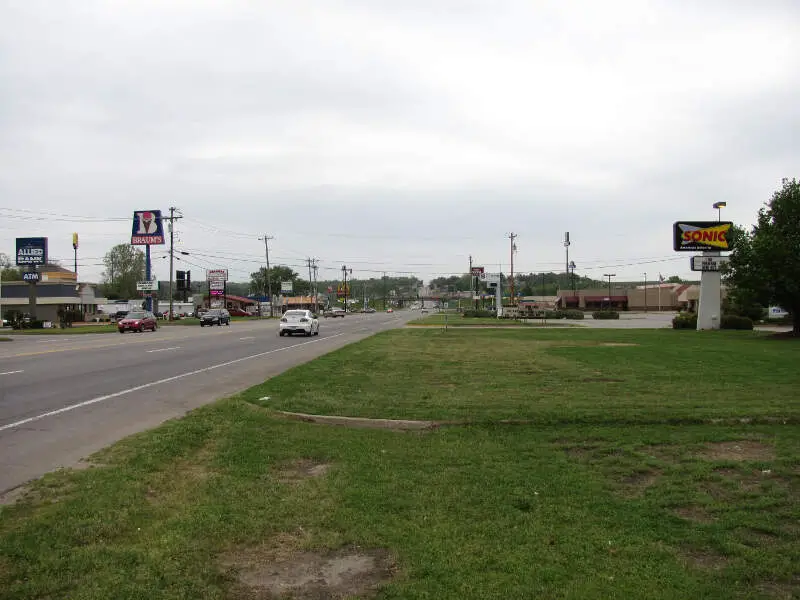
/10
Population: 5,879
# Of Native American Residents: 36
% Native American: 0.61%
More on Alma: Data
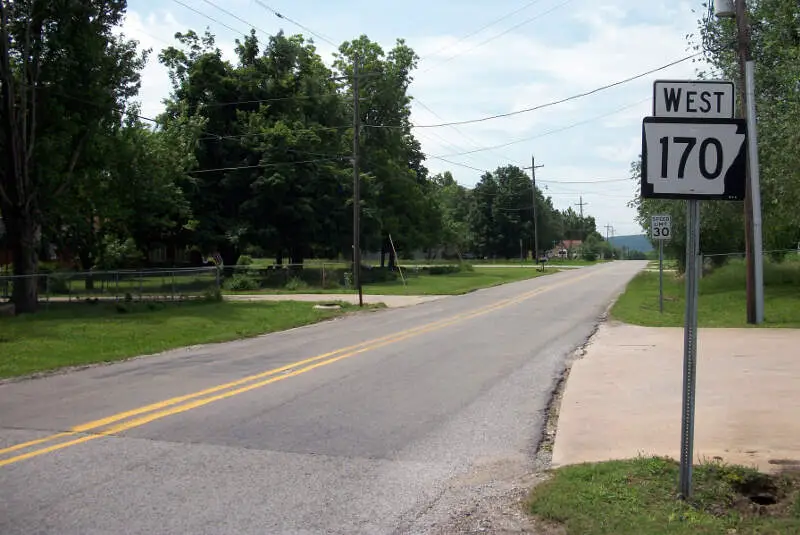
/10
Population: 8,469
# Of Native American Residents: 50
% Native American: 0.59%
More on Farmington: Data
Methodology: How We Determined The Cities In Arkansas With The Largest Native American Population For 2025
We still believe in the accuracy of data — especially from the Census. So that’s where we went to get the race breakdown across Arkansas.
We used Saturday Night Science to analyze the Census’s most recently available data, the 2019-2023 American Community Survey data.
Specifically, we looked at table B03002: Hispanic OR LATINO ORIGIN BY RACE. Here are the category names as defined by the Census:
- Hispanic or Latino
- White alone*
- Black or African American alone*
- American Indian and Alaska Native alone*
- Asian alone*
- Native Hawaiian and Other Pacific Islander alone*
- Some other race alone*
- Two or more races*
Our particular column of interest here was the number of people identifying as American Indian and Alaska Native alone.
We limited our analysis to places with a population greater than 5,000 people. That left us with 59 cities.
We then calculated the percentage of residents that are American Indian and Alaska Native. The percentages ranked from 3.42 to 0.00.
Finally, we ranked each city based on the percentage of the American Indian and Alaska Native population, with a higher score being more American Indian and Alaska Native than a lower score. Siloam Springs took the distinction of being the most American Indian and Alaska Native, while Lowell was the least Native American city.
We updated this article for 2025. This article is our tenth time ranking the cities in Arkansas with the largest Native American population.
Summary: Native American Populations Across Arkansas
If you’re looking for a breakdown of Native American populations across Arkansas according to the most recent data, this is an accurate list.
The most Native American cities in Arkansas are Siloam Springs, Berryville, Mena, Van Buren, De Queen, Fort Smith, Mountain Home, Texarkana, Alma, and Farmington.
If you’re curious enough, here are the least Native American places in Arkansas:
- Lowell
- Monticello
- Clarksville
For more Arkansas reading, check out:
Most Native American Places In Arkansas
| Rank | City | Population | Native American Population | % Native American |
|---|---|---|---|---|
| 1 | Siloam Springs | 18,096 | 619 | 3.42% |
| 2 | Berryville | 5,715 | 100 | 1.75% |
| 3 | Mena | 5,605 | 82 | 1.46% |
| 4 | Van Buren | 23,545 | 232 | 0.99% |
| 5 | De Queen | 6,077 | 58 | 0.95% |
| 6 | Fort Smith | 89,496 | 714 | 0.8% |
| 7 | Mountain Home | 13,021 | 89 | 0.68% |
| 8 | Texarkana | 29,343 | 189 | 0.64% |
| 9 | Alma | 5,879 | 36 | 0.61% |
| 10 | Farmington | 8,469 | 50 | 0.59% |
| 11 | Greenwood | 9,570 | 55 | 0.57% |
| 12 | Fayetteville | 97,227 | 539 | 0.55% |
| 13 | Newport | 8,019 | 41 | 0.51% |
| 14 | Hot Springs | 38,023 | 179 | 0.47% |
| 15 | Forrest City | 12,826 | 53 | 0.41% |
| 16 | Bentonville | 56,326 | 226 | 0.4% |
| 17 | Maumelle | 19,286 | 70 | 0.36% |
| 18 | Springdale | 87,388 | 317 | 0.36% |
| 19 | Hope | 8,787 | 29 | 0.33% |
| 20 | Centerton | 20,212 | 63 | 0.31% |
| 21 | North Little Rock | 64,504 | 200 | 0.31% |
| 22 | Malvern | 10,938 | 30 | 0.27% |
| 23 | Jonesboro | 79,187 | 198 | 0.25% |
| 24 | Rogers | 71,411 | 178 | 0.25% |
| 25 | Bryant | 21,125 | 50 | 0.24% |
| 26 | Marion | 13,641 | 30 | 0.22% |
| 27 | Harrison | 13,217 | 28 | 0.21% |
| 28 | Heber Springs | 7,101 | 15 | 0.21% |
| 29 | Magnolia | 10,973 | 23 | 0.21% |
| 30 | Little Rock | 202,739 | 403 | 0.2% |
| 31 | Wynne | 8,220 | 16 | 0.19% |
| 32 | Pocahontas | 7,475 | 14 | 0.19% |
| 33 | Benton | 35,954 | 65 | 0.18% |
| 34 | Russellville | 29,057 | 50 | 0.17% |
| 35 | Stuttgart | 8,060 | 12 | 0.15% |
| 36 | Paragould | 29,940 | 39 | 0.13% |
| 37 | Sherwood | 32,915 | 39 | 0.12% |
| 38 | Camden | 10,427 | 12 | 0.12% |
| 39 | El Dorado | 17,382 | 19 | 0.11% |
| 40 | West Memphis | 24,147 | 26 | 0.11% |
| 41 | Batesville | 11,385 | 10 | 0.09% |
| 42 | Arkadelphia | 10,316 | 9 | 0.09% |
| 43 | Conway | 66,288 | 49 | 0.07% |
| 44 | Morrilton | 7,022 | 5 | 0.07% |
| 45 | Jacksonville | 29,285 | 20 | 0.07% |
| 46 | Searcy | 23,115 | 10 | 0.04% |
| 47 | Pine Bluff | 40,436 | 17 | 0.04% |
| 48 | Warren | 5,342 | 0 | 0.0% |
| 49 | Trumann | 7,432 | 0 | 0.0% |
| 50 | White Hall | 5,520 | 0 | 0.0% |
| 51 | Beebe | 8,580 | 0 | 0.0% |
| 52 | Cabot | 26,733 | 0 | 0.0% |
| 53 | Blytheville | 13,026 | 0 | 0.0% |
| 54 | Helena-West Helena | 9,218 | 0 | 0.0% |
| 55 | Osceola | 6,807 | 0 | 0.0% |
| 56 | Cherokee Village | 5,078 | 0 | 0.0% |
| 57 | Clarksville | 9,500 | 0 | 0.0% |
| 58 | Monticello | 8,320 | 0 | 0.0% |
| 59 | Lowell | 10,438 | 0 | 0.0% |
